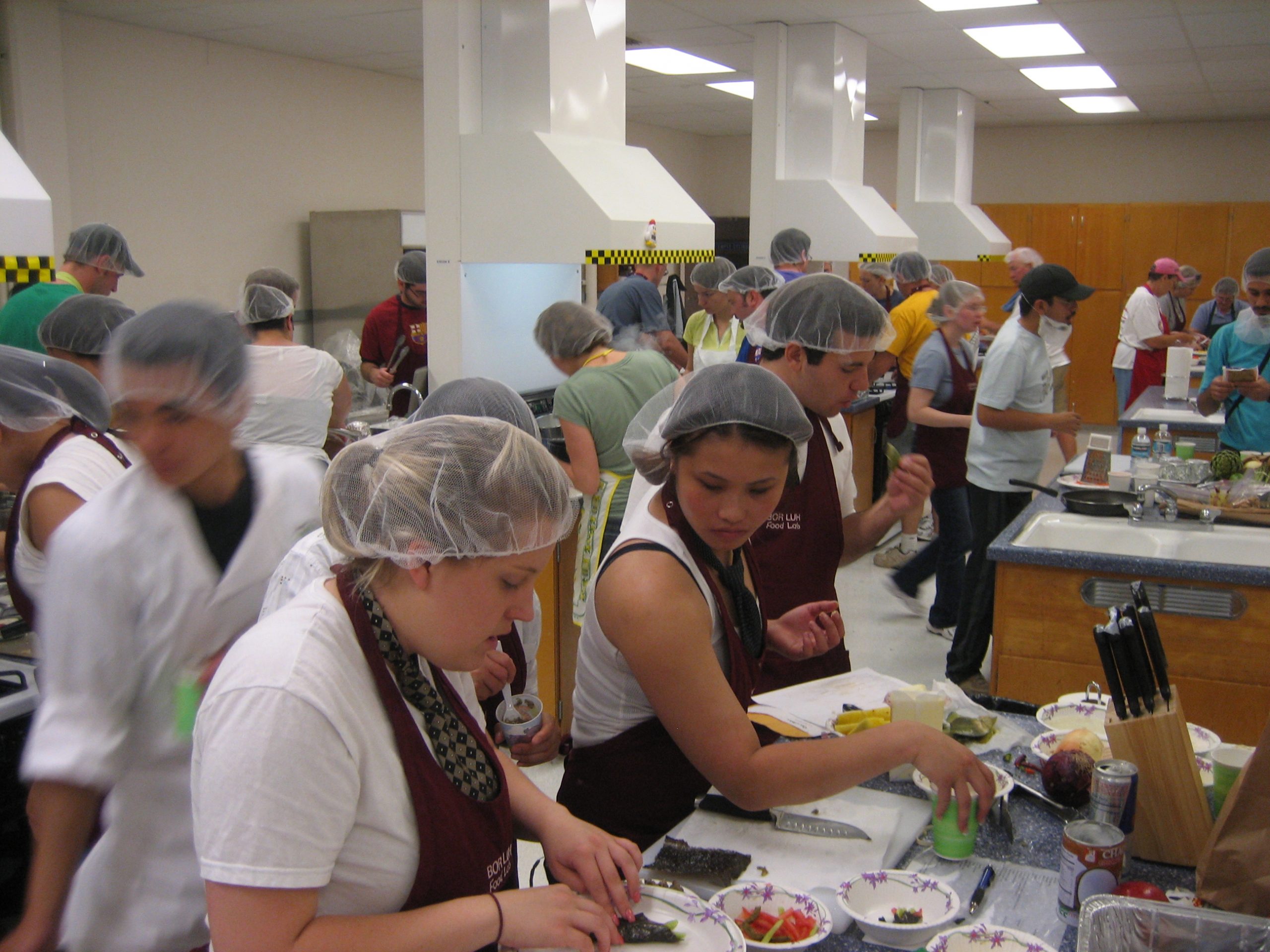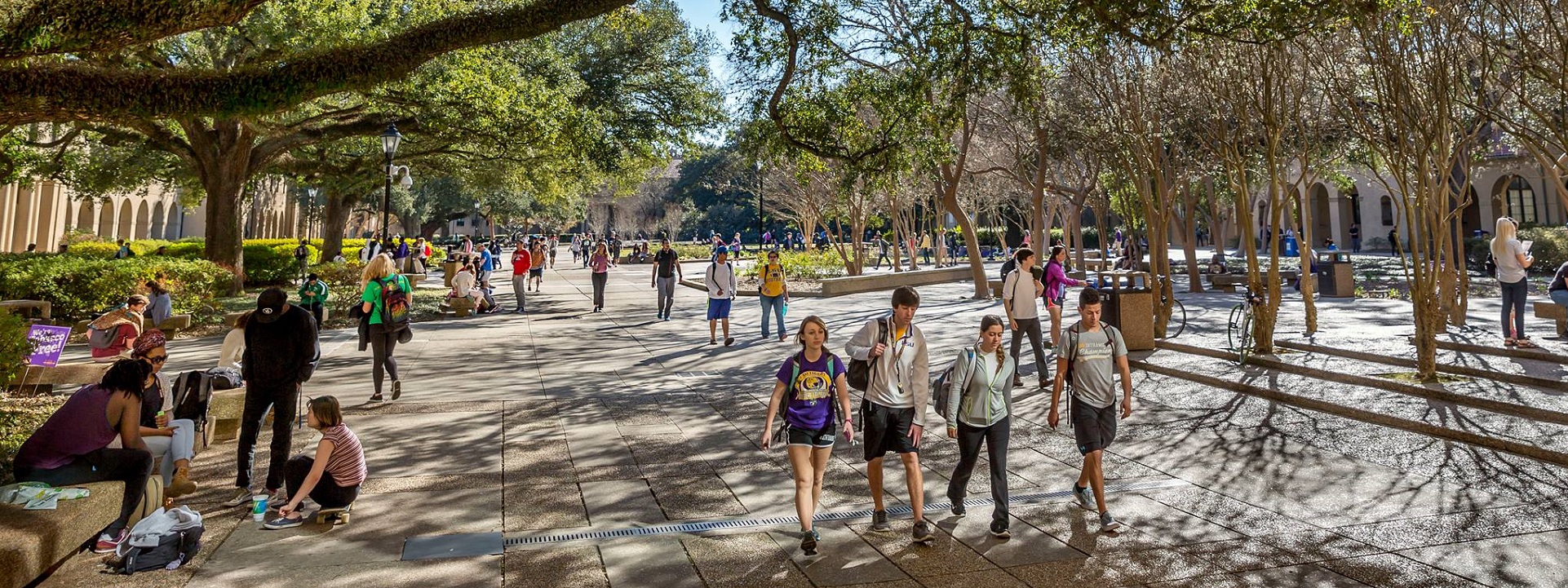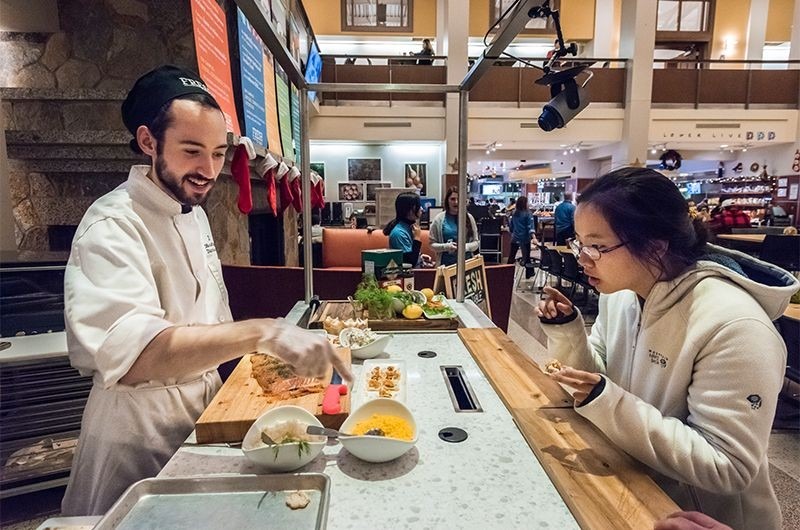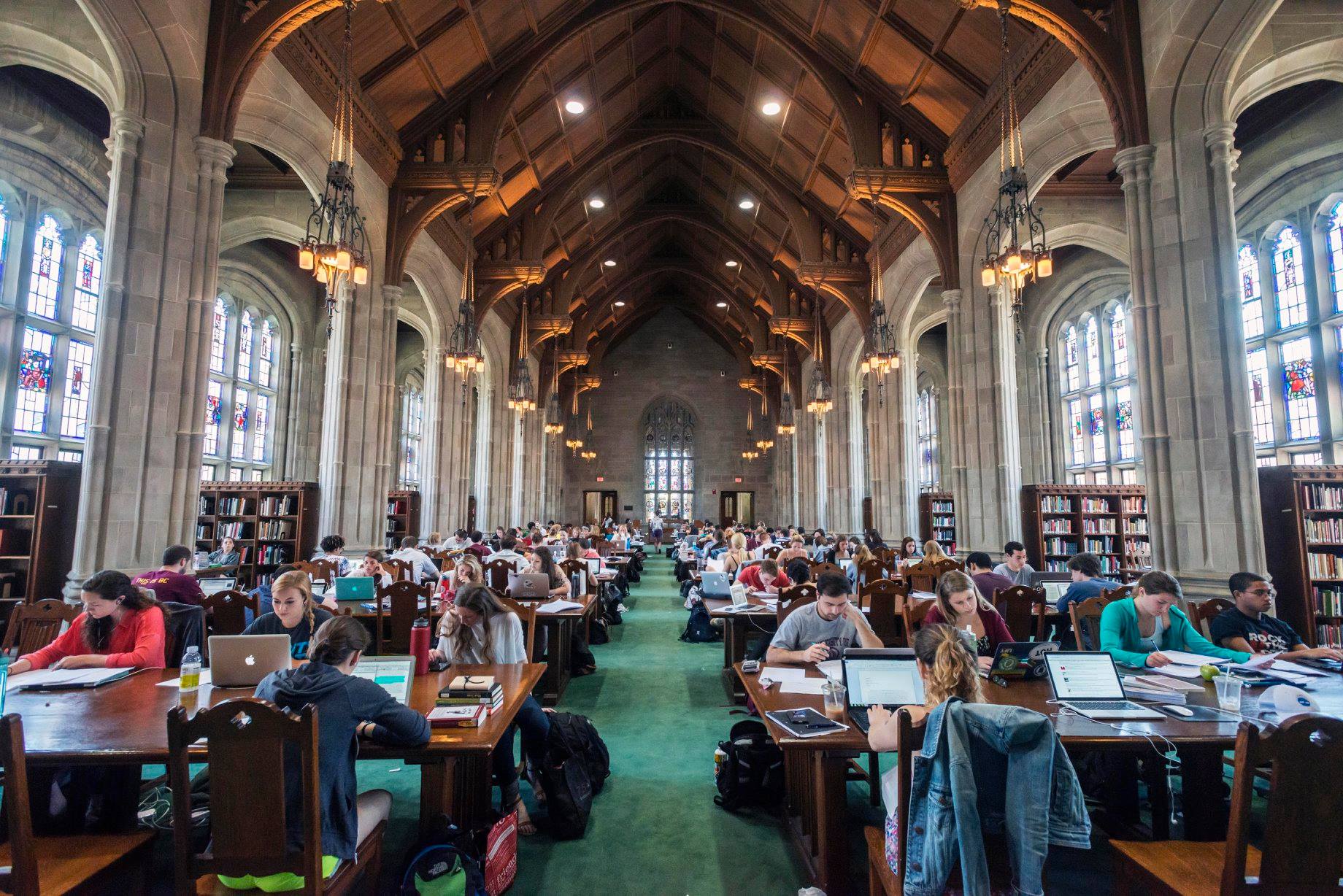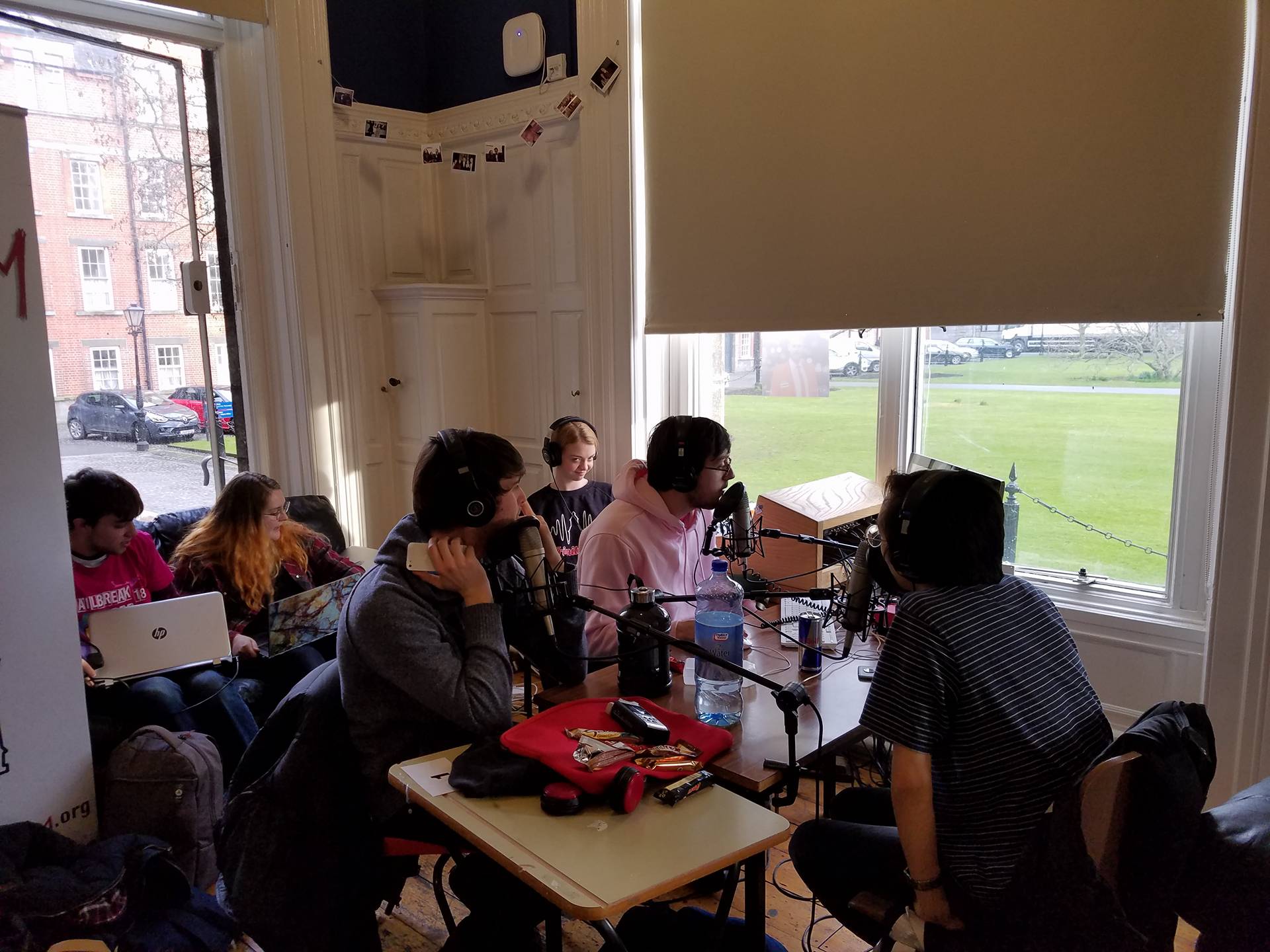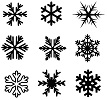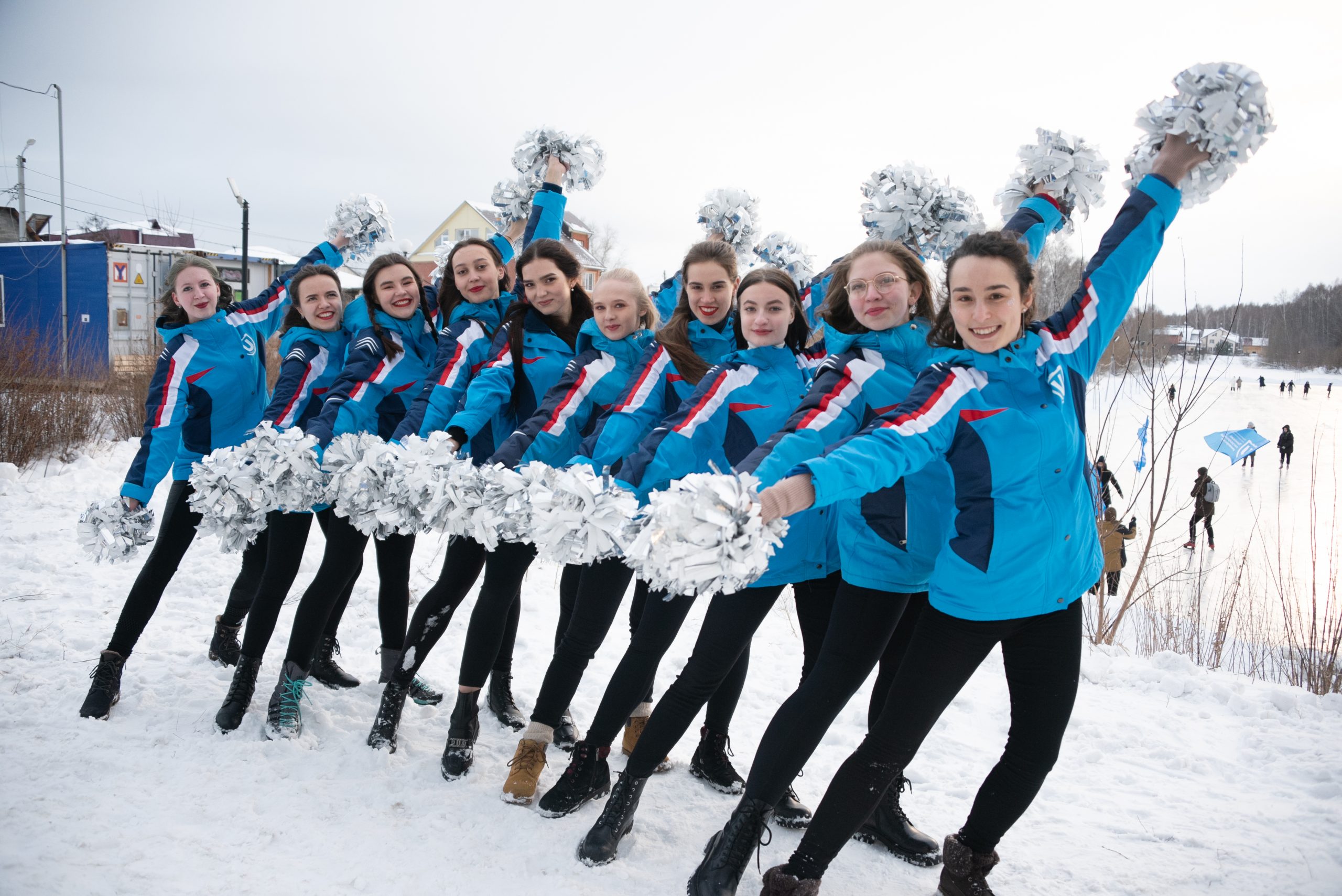History of Western Civilization Told Through the Acoustics of its Worship Spaces
Evensong “A Gaelic Blessing”
- Home Page 129

Newman Centre
“The love of our private friends
is the only preparatory exercise
for the love of all men.”
— John Henry Newman
The Newman Centre in Ireland is a Catholic chaplaincy and student center located at University College Dublin. The center is named after Blessed John Henry Newman, a prominent 19th-century Catholic theologian and cardinal who was recently canonized as a saint by the Catholic Church. Its spaces are open to Catholic students and staff at the university, as well as for the wider community. These include daily Mass, confession, adoration of the Blessed Sacrament, Bible study groups, social events, and retreats. The center also hosts talks and lectures on topics related to Catholicism and the Catholic intellectual tradition, and supports student-led initiatives and outreach programs.
The Newman Center is part of a global network of Newman Centers and Catholic campus ministries that aim to provide spiritual and intellectual support for Catholic students in higher education. The centers are typically named after John Henry Newman, who wrote extensively on the role of education in developing the whole person and fostering a deeper understanding of faith and reason.
The Eternal Music
“Heard melodies are sweet,
but those unheard are sweeter…”
John Keates (Ode on a Grecian Urn)
History of Western Civilization Told Through the Acoustics of its Worship Spaces
Morning with Cows
Statement of Net Position | ($1.3B)*
General Specifications for Dairy Plants Approved for USDA Inspection and Grading Service
*The UCD Financial Statements — the simple balance sheet showing assets and liabilities — is not easy to find in it crazily overproduced Finance and Business web page. Perhaps the apparent $1.3B operating loss has since been remediated. The loss may be absorbed into the larger University of California University System which consists of 23 colleges and universities.
International Property Maintenance Code
In most jurisdictions the standard of care for operation and maintenance of education facilities is discovered and promulgated by a “fabric” of consensus products developed by a kind of “shadow government” created by a network of non-profit publishers; among them the International Code Council. The ICC has one of the most dynamic catalogs in the construction industry and today we drill into the the International Property Maintenance Code which completed another revision cycle in 2021. Operation and maintenance of education facilities is the (much larger) part of #TotalCostofOwnership of the real assets of a school district, college or university. Public access to most recent revision to the IPMC is linked below:
2021 International Property Maintenance Code
The transcript of public comment on the 2021 revision provides insight into the back-and-forth among the technical committee experts:
2021 IPMC Group A Public Comment Agenda
Note the concern for swimming pools, radon, light, ventilation and occupancy limits.
The ICC Group A tranche of titles will undergo another cyclic revision starting in 2023. Since so much of the ICC catalog underlies occupancy safety for education, healthcare and nearly all other aspects of the built environment we track the action on a near-daily basis. You may join any of our daily colloquia, shown on our CALENDAR, or interact directly with the ICC with the link below:
2024/2025/2026 ICC CODE DEVELOPMENT SCHEDULE
The ICC catalog is regarded as the most authoritative for education facility management. We maintain the IPMC on the standing agenda of our Hammurabi and Interiors colloquia. See our CALENDAR for the next colloquium; open to everyone.
Issue: [Various]
Category: Architectural, Facility Asset Management, Space Planning
Colleagues: Mike Anthony, Jack Janveja, Richard Robben, Jerry Schulte
More
Beer Pong Robot
Under the shade of a Coolibah tree
And he sang as he watched and waited till his billy boiled
“You’ll come a Waltzing Matilda with me”
You’ll come a Waltzing Matilda with me
And he sang as he stowed that jumbuck in his tucker bag
“You’ll come a Waltzing Matilda with me”
Legal Grounds Café
Facilities Management | A Look At BC Master Planning: Past, Present, And Future
.@BC_CSON has launched a master’s degree in nurse-midwifery, which aims to address the crisis of maternal mortality and the shortage of maternal health care workers.https://t.co/QGb3FRpR3B
— Boston College (@BostonCollege) March 13, 2025
Sundry:
National Fire Protection Association: Quincy Massachusetts
History of Irish Americans in Boston
LIVE: Trinity FM
“When a true genius appears in the world, you may know him by this sign,
that the dunces are all in confederacy against him.”
– Jonathan Swifit, Trinity College graduate
Floor & Pathway Safety
— Charles Louis de Secondat, Baron de La Brède et de Montesquieu
Today and its Slip and Fall season everywhere. Accordingly, at the usual hour, we review best practice literature for the safety and sustainability of the surfaces beneath our feet; with special focus on the risk aggregation in educational estates.
Bates v. State Bar of Arizona, 433 U.S. 350 (1977)
Related coverage:
Heat tracing is a process used to maintain or raise the temperature of pipes and vessels in order to prevent freezing, maintain process temperature, or ensure that products remain fluid and flow through the system properly.
Heat tracing works by using an electric heating cable or tape that is wrapped around the pipe or vessel, and then insulated to help retain the heat. The heating cable is connected to a power source and temperature control system that maintains the desired temperature by regulating the amount of heat output from the cable. Heat tracing is commonly used in industrial applications where temperature control is critical, such as in chemical plants, refineries, and oil and gas facilities.
There are several types of heat tracing, including electric heat tracing, steam tracing, and hot water tracing, each of which have their own unique advantages and disadvantages. The selection of the appropriate type of heat tracing depends on the specific application and the required temperature range, as well as factors such as cost, maintenance, and safety considerations.
The literature for snow and ice management (and enjoyment) produced by these standards-setting organizations:
Accredited Snow Contractors Association
American Society of Civil Engineers
American Society of Mechanical Engineers
ASTM International
Destructive Deep Freeze Strikes Cold and Hot Regions Alike
Institute of Electrical & Electronic Engineers
Electrical Heat Tracing: International Harmonization — Now and in the Future
Indiana University.
The most beautiful college campus in the country covered in snow. pic.twitter.com/Tp33cQgKuq
— Alex Paul Photo (@alexpaulphoto) January 11, 2025
International Code Council
International Building Code: Chapter 15 Roof Assemblies and Rooftop Structures
National Electrical Contractors Association
National Fire Protection Association
Winter is Coming: Is Your Facility Protected? (Holly Burgess, November 2022)
National Electrical Code: Articles 426-427
National Floor Safety Institute
Snow and Ice Management Association
Underwriters Laboratories
Manufacturers:
Chromalox Electrical Heat Tracing Systems Design Guide
It is a surprisingly large domain with market-makers in every dimension of safety and sustainability; all of whom are bound by state and federal regulations.
Join us at 16:00 UTC with the login credentials at the upper right of our home page.
Red surely made the most of his snow day! 🛷 ☃️
Who’s team snow on campus? ❄️ pic.twitter.com/F03KX1XyaR
— The Catholic University of America (@CatholicUniv) January 14, 2025
There have been several recent innovations that have made it possible for construction activity to continue through cold winter months. Some of the most notable ones include:
- Heated Job Site Trailers: These trailers are equipped with heating systems that keep workers warm and comfortable while they take breaks or work on plans. This helps to keep morale up and prevent cold-related health issues.
- Insulated Concrete Forms (ICFs): ICFs are prefabricated blocks made of foam insulation that are stacked together to form the walls of a building. The foam insulation provides an extra layer of insulation to keep the building warm during cold winter months.
- Warm-Mix Asphalt (WMA): WMA is a type of asphalt that is designed to be used in colder temperatures than traditional hot-mix asphalt. This allows road construction crews to work through the winter months without having to worry about the asphalt cooling and becoming unusable.
- Pneumatic Heaters: These heaters are used to warm up the ground before concrete is poured. This helps to prevent the concrete from freezing and becoming damaged during the winter months.
- Electrically Heated Mats: These mats are placed on the ground to prevent snow and ice from accumulating. This helps to make the job site safer and easier to work on during the winter months.
Overall, these innovations have made it possible for construction crews to work through the winter months more comfortably and safely, which has helped to keep projects on schedule and minimize delays.
Somewhat related:
Capturing snow flakes as the fall out of the sky
[📹 Dmitry Dotsenko / dots_foto]pic.twitter.com/e3rwNUGLmK
— Massimo (@Rainmaker1973) January 29, 2025
New update alert! The 2022 update to the Trademark Assignment Dataset is now available online. Find 1.29 million trademark assignments, involving 2.28 million unique trademark properties issued by the USPTO between March 1952 and January 2023: https://t.co/njrDAbSpwB pic.twitter.com/GkAXrHoQ9T
— USPTO (@uspto) July 13, 2023
Standards Michigan Group, LLC
2723 South State Street | Suite 150
Ann Arbor, MI 48104 USA
888-746-3670








